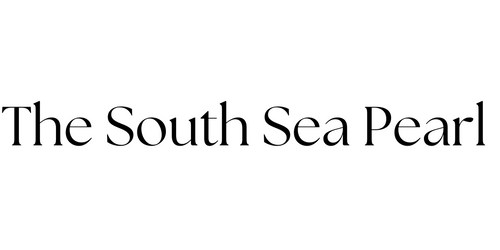The pearl culture industry is in crisis after millions of oysters inexplicably died.
The loss, estimated at 306 million yen ($2.8 million) to date in Ehime Prefecture alone, has not only dealt a savage blow to farms in top-producing prefectures but raised fears that aging farmers may quit the business altogether due to concerns of an extended shortage.
"I'm worried that some may close their business," said Takao Suzuki, a senior official at the Tategami Akoya Pearl Aquaculture Corp. in Shima, Mie Prefecture.
Ehime and Mie prefectures account for about 60 percent of the nation’s cultured pearl harvest.
Officials in Mie cited an increase in seawater temperature early this year as a possible factor behind the oyster blight, but are unable to pinpoint the exact cause.
In Ehime, researchers are planning an in-depth study into the matter, with no deadline set for completion.
70 PERCENT WIPED OUT
In Mie Prefecture, the nation's third-largest pearl producer, Akoyagai oyster deaths were first noticed in June in Shima's Ago Bay and surrounding area.
The oysters died after the inner layer of their shells shrank. Such deaths have occurred in the past, officials with the prefecture's fisheries research institute said, but this was the first time that they have been observed in summer.
The institute received a flurry of similar reports the following month, which prompted prefectural authorities to interview 122 cultured pearl farmers, nearly half of the prefecture's farmers, in August in an effort to grasp the extent of the damage.
It emerged that 1.67 million spat born this spring, or 70 percent of the young shellfish, had perished.
It takes about 18 months for a shellfish to reach what is known as the "mother stage" that allows a pearl-forming nucleus to be inserted to cultivate pearls.
As part of efforts to prop up the industry, the Mie Fishery Promotion Foundation will begin artificially incubating larvae of pearl oysters as early as the beginning of next year so farmers can restock.
This means farmers will have to wait until 2021 for the shellfish to be capable of generating pearls. In the meantime, they almost certainly will face a shortfall.
In addition to the mass spat fatalities, a prefectural government study showed that more than 20 percent of mother shellfish inserted with a nucleus and shellfish born last year died.
FEAR OF EXODUS
Suzuki said bleak prospects owing to the die-off could prompt many older farmers to leave the industry.
"The industry is graying fast," he said. "Farmers may lose their motivation to continue with pearl cultivation if shellfish are not available.”
Ehime Prefecture, the nation’s top pearl producer, finds itself in a similar predicament, with a massive death toll among young and mother shellfish.
Pearl farmers in Ainan and Uwajima facing the Uwa Sea discovered in mid-July that a large number of juvenile pearl oysters had died.
“Seventy to eighty percent of young shellfish I raised with great care are now gone,” said a 67-year-old pearl farmer in Uwajima. “I can't help but worry about my future.”
Another farmer lamented that his young oysters have become "nearly extinct."
According to a report released on Oct. 18 by the Fishery Cooperative Federation Ehime, 22.3 million juvenile shellfish, or 67 percent of those born this past spring, are believed to have died as of the end of September. In addition, 4.69 million mother shellfish died before insertion of a nucleus, accounting for more than 20 percent of such stocks.
The damage to spat stocks was estimated at around 67 million yen, and about 239 million yen for mother shellfish.
As for possible factors for the mass fatalities, a Mie prefectural government study in September cited higher than usual seawater temperatures during the first months of this year, as well as a paucity of plankton that shellfish feed on.
However, prefectural officials have yet to reach a definitive conclusion.
Such factors “may have contributed to the widespread deaths, but they are not the true cause,” a prefectural official said.
Scientists at the National Research Institute of Aquaculture in Minami-Ise, Mie Prefecture, suspected a possible infection of a transmitted disease among the shellfish, but none has been confirmed.
Ehime Prefecture formed a task force comprising prefectural officials, fisheries representatives, university researchers and others to respond to the crisis.
Four scientists are tasked to work together to identify the cause of the deaths, with no set deadline.
Source: The Ashahi Shimbum




